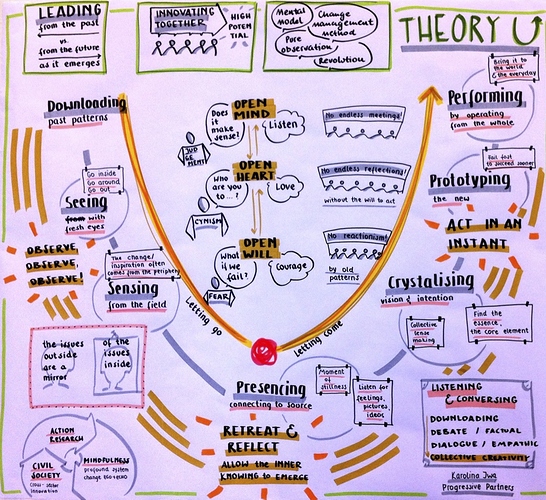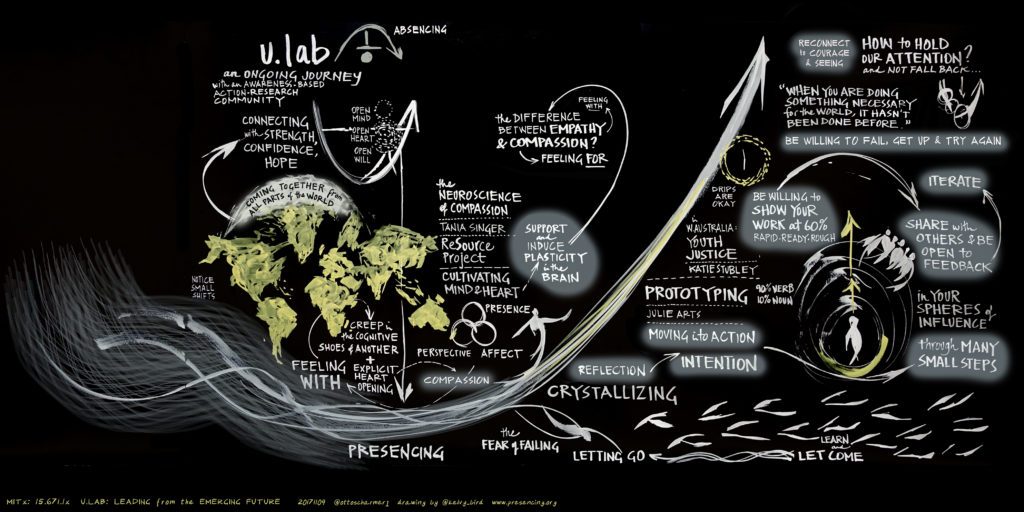Yes, that’s right. So if we’re not entirely clear on destination or there are several of them, one practical first step could be to identify the destination (or at least the general direction towards such a place/goal), and describe it to onboard people onto such a path. Could be that your invitation and links above are already offering an overview and ways to engage, is that what you’re saying? Or is this proposal about doing some work for potentially figuring out how people could get involved with questions of soil and food production?
From the current OGM check-in call, I pick up that in these organizations/communities, there are some different groups concerned about different aspects, but it sounds like you’re already working with them for synergy and coordination. Are the/some of the problems already identified and analyzed (what’s causing them, etc.), and what the points are where practical actions/changes could be applied? Maybe just I’m not much aware of the current state of what the answers might be, and I think that could be the case as well for a bunch of other random people who are around.
Or to get very specific and practical: for your question on the very top, I think there are several plans/ideas posted elsewhere how OGM could be set up and organize itself, which is not only and exclusively around food, but might support that domain, and the other way around, not all activities and supporting functions necessarily need to rely/depend on the OGM organizational structures to support OGM or food concerns. Could be that you’re suggesting OGM could/should be set up as a benefit corporation, and people should help with investigating this option or help with setting it up. Who knows, OGM organizational stuff seems to be mostly many different ideas and visions by different people, and much of it is discussed privately so one can’t really have any kind of overview where things are currently at, and then I would assume that neither you nor me nor other people have some kind of formal affiliation with any kind of organization called “OGM” or a particular benefit corporation for this purpose. I’m personally not a business, not an investor, not an attonery, not a policymaker, (and others might not either), so I wonder what I would be supposed to do with/for it.
With the Food for Climate League, their landing page says they’re mostly doing research and promotions. I have trouble figuring out what they want/need or what they offer, as I do not have a new sustainable food product I’m producing to report to them (I’m not producing any food sustainable or not, which likely is also true for some other people), not a menu concept as I’m not operating a restaurant or offering services to the gastronomic industry, and for awareness, I’m not doing any campaigns myself, would be more of a not terribly aware consumer myself and a customer for what the league does at best. And this way, I’m not much sure what the league is offering/providing, except material to read like the books from the book shop or some report/magazine. And then with information overload, I have plenty, just a massive amount of other things to read, listen, watch, so that’s kind of a problem. In the same way, you’re probably not reading all the reports and books and what not by all of the other people and initiatives, and that’s where we’re all commonly at.
Apologies for length, but it’s just another example of the very problem, lots to talk, discuss, learn, very little time/capacity, and - caused by overload - very little practical action/progress on all fronts unfortunately.


